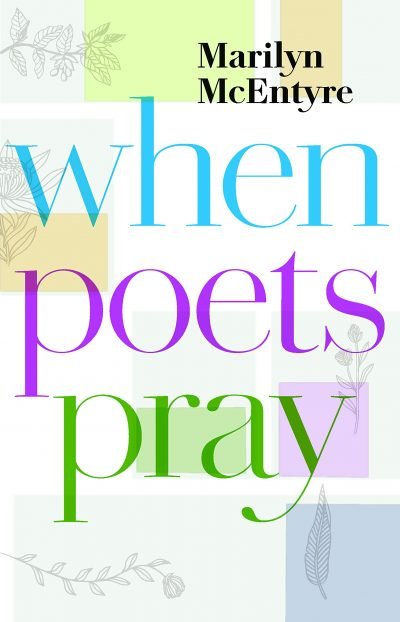
William B. Eerdmans Publishing Company
Grand Rapids, Michigan, 2019
140 pages
“In prayer, as in many other areas of life, we ‘learn by going where we have to go.’” I was delighted to see a line from Theodore Roethke’s “The Waking” as Marilyn McEntyre’s opening words in When Poets Pray because this was the first poem I ever memorized. The author’s writing captivated me from beginning to end: “Pray in dialogue with a poem,” she concludes, “in ‘call and response’ fashion, pausing after each line or two to speak or write a prayer that the poem evokes or allows.”
I experienced an animated, almost visceral quality in the pages of When Poets Pray. I like McEntyre’s genuine warmth in sharing personal gifts she receives from poets who pray. I like her quiet, unassuming way of weaving prayerful human yearnings into poetic scholarship. I especially like her choice of “Eagle Poem” by Joy Harjo, the first Native American U.S. Poet Laureate, who invites us into nonverbal ways of praying “in languages that aren’t always sound but / Circles of motion/ True circles of motion / like eagle rounding out the morning / Inside us.”
When Poets Pray sweeps from the medieval worldview of Hildegard of Bingen to contemporary poets Lucille Clifton, Francisco X. Alarcon, Anna Kamienska and Wendell Berry. I found the author’s poetry selections as emotionally potent as they are illustrative. John Donne’s “Batter my heart, three-person’d God…” dives down into the dark mysteries of prayer. George Herbert and Thomas Merton penned overtly biblical prayer-poems. Mary Oliver, Denise Levertov and Galway Kinnell remind us how prayer can overlap with our own interior self-talk. “When the disciples ask Jesus, ‘’Teach us to pray,’ writes McEntyre, “they seem to be aware that prayer involves practice – even a learning curve—and some serious retraining in habits of the heart.” I laughed at the author’s playful interpretation of Scott Cairns, whose poetry “offers a wry, timely look at a few of the varieties of self-deception that those who pray are prey to.”
My only critique is that the author, a retired educator, did not include any Quaker poets. I do see McEntyre creating a pioneering archive here, one that links prayer with poetry, and hope she continues in this direction. Friends who treasure Leading From Within: Poetry That Sustains the Courage to Lead (Introduction by Parker Palmer) will want to invest in a hardbound edition of When Poets Pray, not only to have and to hold but also as a resource in guiding spiritual practice groups.
Judith Favor of Claremont Meeting in Southern California values true prayer and true poetry. Both are essential nutrients for her contemplative soul.


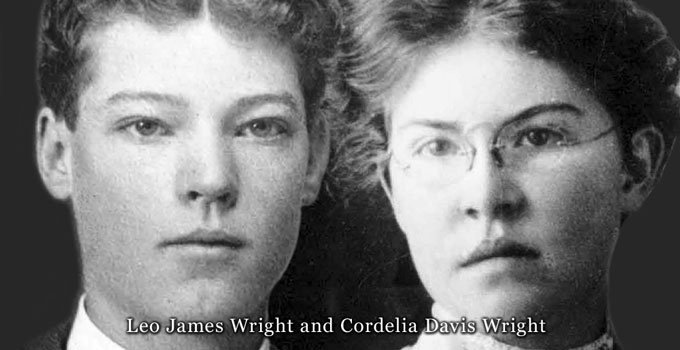
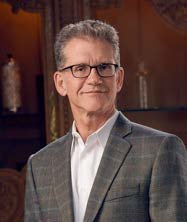 the muscles of Williamʼs body. Cyclist, writer and teacher, his ineffable sense of alignment with Spirit was palpable to me, but hard to name. Words came later. William Dolphinʼs presence reminds me of William Wordsworthʼs definition of Light, “a sense sublime of something far more deeply interfused.”
the muscles of Williamʼs body. Cyclist, writer and teacher, his ineffable sense of alignment with Spirit was palpable to me, but hard to name. Words came later. William Dolphinʼs presence reminds me of William Wordsworthʼs definition of Light, “a sense sublime of something far more deeply interfused.” I experienced a conversion of sorts when the Salvadoran poet confronted me, a political awakening. His problems became my responsibility. Our conversation reconnected me spiritually to caring for others. At the same time, I was reconnecting with my physical self as I became a serious athlete. I started cycling as transportation, but my ambitious bent meant I challenged myself to ride farther and farther, and then faster and faster. In the process, it saved me, biochemically. Alcohol cravings disappeared. I suspect that as a younger person I experienced pain – both physical and emotional – more acutely than many do, but endurance sports train you to tolerate suffering. I also found a meditative space in the long hours alone on the road.
I experienced a conversion of sorts when the Salvadoran poet confronted me, a political awakening. His problems became my responsibility. Our conversation reconnected me spiritually to caring for others. At the same time, I was reconnecting with my physical self as I became a serious athlete. I started cycling as transportation, but my ambitious bent meant I challenged myself to ride farther and farther, and then faster and faster. In the process, it saved me, biochemically. Alcohol cravings disappeared. I suspect that as a younger person I experienced pain – both physical and emotional – more acutely than many do, but endurance sports train you to tolerate suffering. I also found a meditative space in the long hours alone on the road.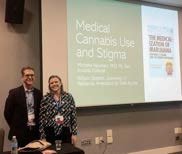 to the truth and to act with compassion. My advocacy work gave me the opportunity to meet a remarkable range of heroic people who, like my father, just want to live with dignity as comfortably as they can. The writing I’ve done on this topic — articles, lobby sheets, white papers, op-ed pieces, informational pamphlets on using cannabis to treat various conditions — has made a difference for many of them, and over time we’ve changed the conversation. The scare-quotes around “medical” marijuana have disappeared. 46 states now have some sort of medical cannabis law and the first drug derived from the plant has just been approved by the FDA.
to the truth and to act with compassion. My advocacy work gave me the opportunity to meet a remarkable range of heroic people who, like my father, just want to live with dignity as comfortably as they can. The writing I’ve done on this topic — articles, lobby sheets, white papers, op-ed pieces, informational pamphlets on using cannabis to treat various conditions — has made a difference for many of them, and over time we’ve changed the conversation. The scare-quotes around “medical” marijuana have disappeared. 46 states now have some sort of medical cannabis law and the first drug derived from the plant has just been approved by the FDA.

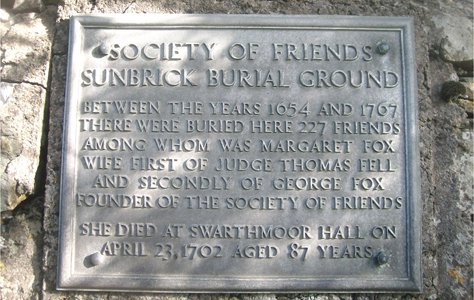
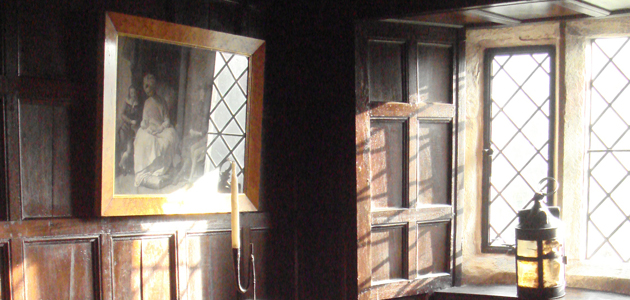

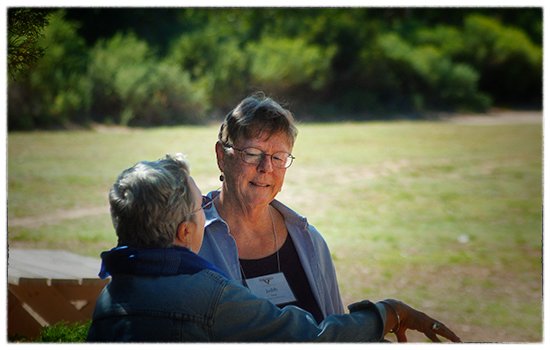

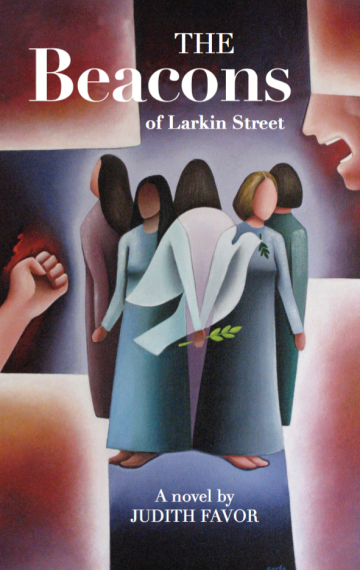 SUMMARY
SUMMARY